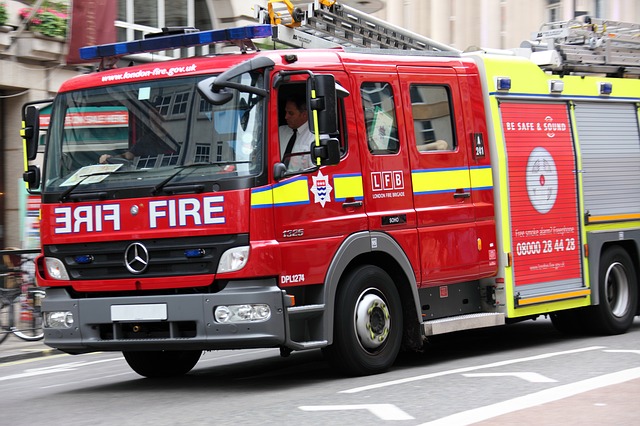As a legal requirement, all business, industrial and commercial environments must have a clear fire procedure and fire evacuation route in place to avoid risk of injury or fatality.
A fire emergency evacuation plan (FEEP) is a written document which includes the action that must be taken by all staff in the event of a fire and the arrangements for calling the emergency services.
The general fire notice for small premises typically takes the form of a simple fire action sign posted in areas where staff and relevant personnel can read it and make themselves familiar with its instructions. I
n light of the risk assessment which is carried out beforehand, high fire risks or large premises will need a more detailed emergency evacuation plan in place. Notices providing concise instructions of the fire evacuation routine must be clearly displayed.

There must be a responsible nominated person(s) with adequate training in fire-fighting and evacuation procedures who will be able to implement the fire action plan in the case of an emergency. Factors to consider include:
- Fire evacuation strategy
- Action of discovering fire/hearing the fire alarm
- Calling the fire brigade and liaising calling the emergency services
- Identification of key escape routes, places of assembly and roll call
- Fire fighting equipment provided and training required
- Personal Emergency Evacuation Plan
A thorough and efficient fire evacuation plan must show you have:
- A clear passageway to all escape routes
- Clearly marked escape routes that are as short and direct as possible
- Enough exits and routes for all people to escape
- Emergency doors that open easily
- Emergency lighting where needed
- Training for all employees to know and use the escape routes
- A safe meeting point for staff
Special arrangements must be made for people with mobility needs, such as making sure there are people available to help wheelchair users get downstairs in an emergency.
The correct fire detection and warning systems must be in place, bearing in mind that different types of detectors may need to be used depending on the type of building and the work carried out in it.
The type of fire fighting equipment you require depends on your business premises. All equipment must be properly installed, tested and regularly maintained and staff must be trained on how to use them if necessary. Regular maintenance checks must be carried out to make sure that:
- All fire alarm systems are operating correctly
- The emergency lighting is fully functioning
- You make a record of any faults in systems and equipment
- All escape routes are clear and the floor is in good condition
- All fire escapes can be opened easily
- Automatic fire doors close correctly
- Fire exit signs are in the right place
Remember to keep up-to-date with training, making sure new staff are taught all the necessary information in case a fire breaks out in the building and all employees are told about any new fire risks.
At least one fire drill must be carried out per year, with the results of the test recorded and kept as part of your fire safety and evacuation plan.
Here at Protect & Detect, our fully qualified team of experts offer a comprehensive range of professional fire safety services throughout Ipswich, Norwich, Colchester and the surrounding areas. These include:
- Fire detection systems
- Fire alarm installations
- Fire alarm maintenance
- Fire extinguisher maintenance
- Fire risk assessments
Protect & Detect is a leading fire safety and security company, servicing Ipswich, Colchester, Cambridge, Bury St. Edmunds, Chelmsford and beyond.
Protect & Detect offers a wide range of fire safety and security services including; fire alarms, fire extinguishers, burglar alarms, intruder alarms, fire sprinkler systems, access control, door entry systems, CCTV, barriers, nurse and warden calls. Contact our friendly team today for a quick quote.

